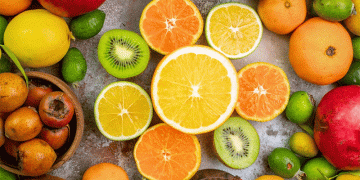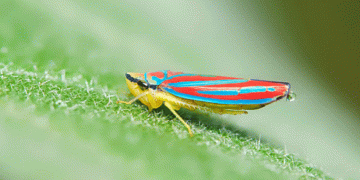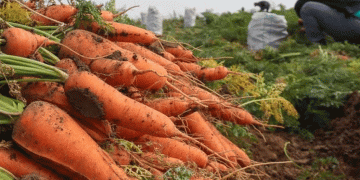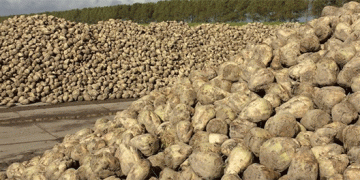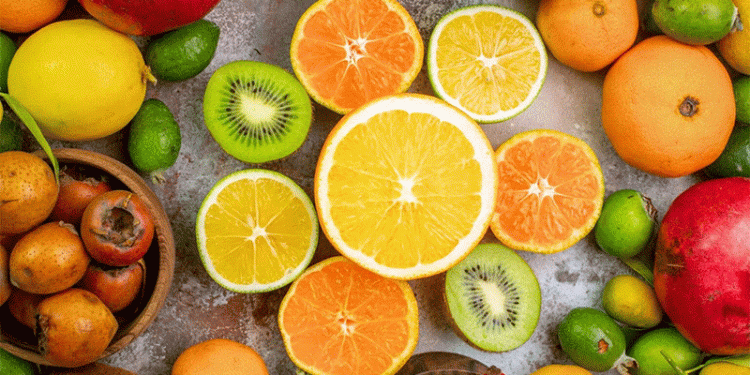In the ongoing conversation about pesticide residues and food safety, the Environmental Working Group’s (EWG) 2025 Clean Fifteen list provides scientifically-grounded guidance for consumers and valuable market intelligence for producers. Topping this year’s ranking is pineapple (Ananas comosus), with USDA testing showing that fewer than 2% of samples contained detectable pesticide residues, and those that did showed levels significantly below Environmental Protection Agency (EPA) tolerance thresholds.
The remarkable cleanliness of conventional pineapple stems from its unique morphological defenses. The fruit’s thick, waxy rind—typically representing 30-40% of total fruit weight—creates a formidable barrier against pesticide penetration. This natural protection system is so effective that even when pesticides are applied during cultivation, residue transfer to the edible portion remains minimal. This finding is particularly significant given that global pineapple production exceeds 28 million metric tons annually, with the US importing approximately 1.2 million tons each year.
The Clean Fifteen methodology has evolved for 2025, incorporating not just detection frequency but also toxicity weighting of identified pesticides. This enhanced analysis places pineapple ahead of other well-protected produce including avocados (4% detection rate), sweet corn (5%), and onions (7%). The list demonstrates a consistent pattern: fruits with substantial natural barriers (skins, husks, or peels) consistently show lower edible tissue contamination.
Conversely, the 2025 Dirty Dozen list highlights produce with higher contamination risks, led by spinach (90% of samples with multiple residues), strawberries (85%), and leafy greens (80%). These findings align with USDA Pesticide Data Program statistics showing that delicate-skinned fruits and leafy vegetables typically retain more surface residues, with some samples containing traces of up to 23 different pesticides.
For agricultural professionals, these rankings reveal important market opportunities. Consumer demand for low-residue produce continues to grow, with the organic food market projected to reach $625 billion globally by 2030. Conventional pineapple growers—particularly those in Costa Rica, which supplies approximately 60% of US imports—can leverage this clean ranking as a significant marketing advantage without the certification costs of organic production.
The data also suggests strategic implications for crop selection and integrated pest management (IPM). Farmers might consider increasing production of naturally resilient crops like pineapple, asparagus, or cabbage that require fewer chemical interventions while still meeting consumer safety expectations. For crops on the Dirty Dozen list, producers have an opportunity to differentiate their products through verified reduced-pesticide protocols or organic conversion.
The Clean Fifteen list represents more than consumer guidance—it’s a snapshot of agricultural success stories in residue management. Pineapple’s top ranking demonstrates how morphological advantages combined with responsible farming practices can produce market-ready crops that meet both regulatory standards and consumer safety expectations. For producers, these findings highlight the economic value of crop selection and cultivation methods that minimize residue retention, particularly as food safety concerns continue to influence purchasing decisions. The data suggests that strategic focus on naturally low-residue crops or investment in advanced IPM systems for high-residue crops could yield significant market advantages in the coming years.
